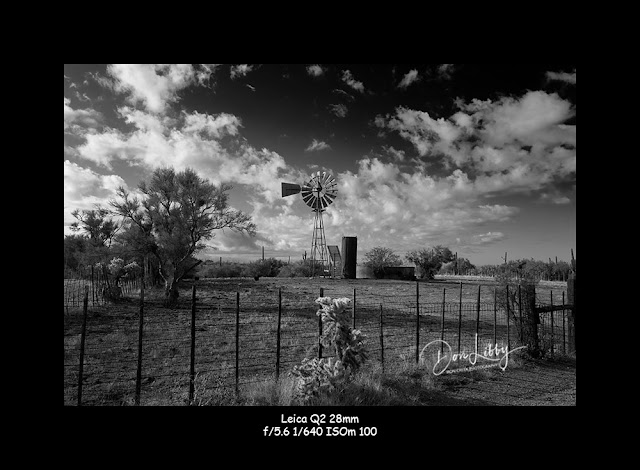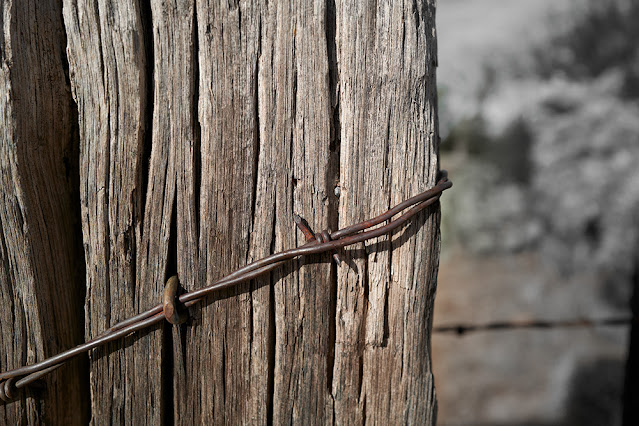I have a love-hate relationship with filters. I love the
look they give, yet hate the space they take up.
I’ve got lenses ranging from a Canon 24mm TSE to the GF250 and each lens
needs a different size filter ring.
I’ve used screw-in filters when I first began and while they
work well you need to be very careful when attaching them as if you don't, you end up stripping the threads risking damage to the filter (no big
deal) and/or the lens (huge deal). I’ve had filters that felt as if they had
been welded to the lens which isn’t a good feeling.
I stopped using screw-in filters several years ago and began to use square and rectangle ones. These filters all need a special holder to place the filter on as well as a ring that screws onto the lens. While the ring still attaches to the lens like the screw-on filters, they are generally much larger and offer a better grip; so far, I’ve never had an issue with any ring.
The bag on the left contains 6-filters, 6-rings, and 1-adaptor. The plastic case on the right is actually 2-cases. The top case holds 4-filters and the bottom holds 1.
I’ve lost track of the filter systems
I’ve used; I have a large bag sitting in my closet that contains one system I
stop using when I adapted to the H&Y system. The H&Y has proved the smallest
(until now) and I can fit the filters, filter holder, and rings in a small bag
that fits inside the roller I use for the GFX.
The KASE clip-in filters are slightly larger than a silver dollar and
drop right into the space over the glass protecting the sensor. The lens is
attached as you normally would with no effort. The widest lens I now have is
the Canon 24mmTSE and there is no vignetting.
The filter on the left is a (100x100mm)10-stop glass filter while the right is also a 10-stop glass filter, and there's the silver dollar for size comparison.
Clip-in filters are not new as they’ve been on my radar for
some time. The concept is to place a filter between the sensor and lens. No
special holder. No rings. No vignetting. And a very small filter kit.
It might be a little difficult to tell apart; the upper image shows the filter in place while the bottom image is without the filter.
There are some issues with sunspots of the image. The very first test I took using the 6-stop filter and the Canon 24mm TSE produced a spot that I could see in the viewfinder. Granted I was taking a shot almost directly facing the sun didn’t help.
I was able to do a fast fix in Photoshop
I tested the effectiveness of stacking filters using a
combination of a KASE clip-in and the H&Y filter system. Using a GF32-64, KASE clip-in 4-stop filter and
an H&Y 15-stop filter. The clip-in
was placed beside the sensor at the rear of the lens and the 15-stop on the
front using a 77mm filter ring, filter attachment, and a 100x100mm filter.
I have a trip coming up to Moab and plan to use the KASE system either by themselves or stacking with the H&Y.
Not finish yet....
We’ve had great skies the past couple of days allowing for a
better test of the filter system. I used a 4-stop filter the entire time changing
the front filter. The testing was done using a Fuji GFX100s and a combination
of a GF32-64 and Canon 24mm TSE with a Kipon adaptor. No processing was done other than to resize the image from 3786x2839 to 1000x750 then adding a black border making the overall image 1200x950.
I’m extremely pleased with the KASE Clip-in filter system
for the GFX100s; I can use the same
filter on multiple lenses without the worry of having to change the front lens
ring thus making for a compact system. I still plan on using the H&Y system
to supplement my filter choices however I see the KASE quickly becoming my “go-to”
system.
Don











































